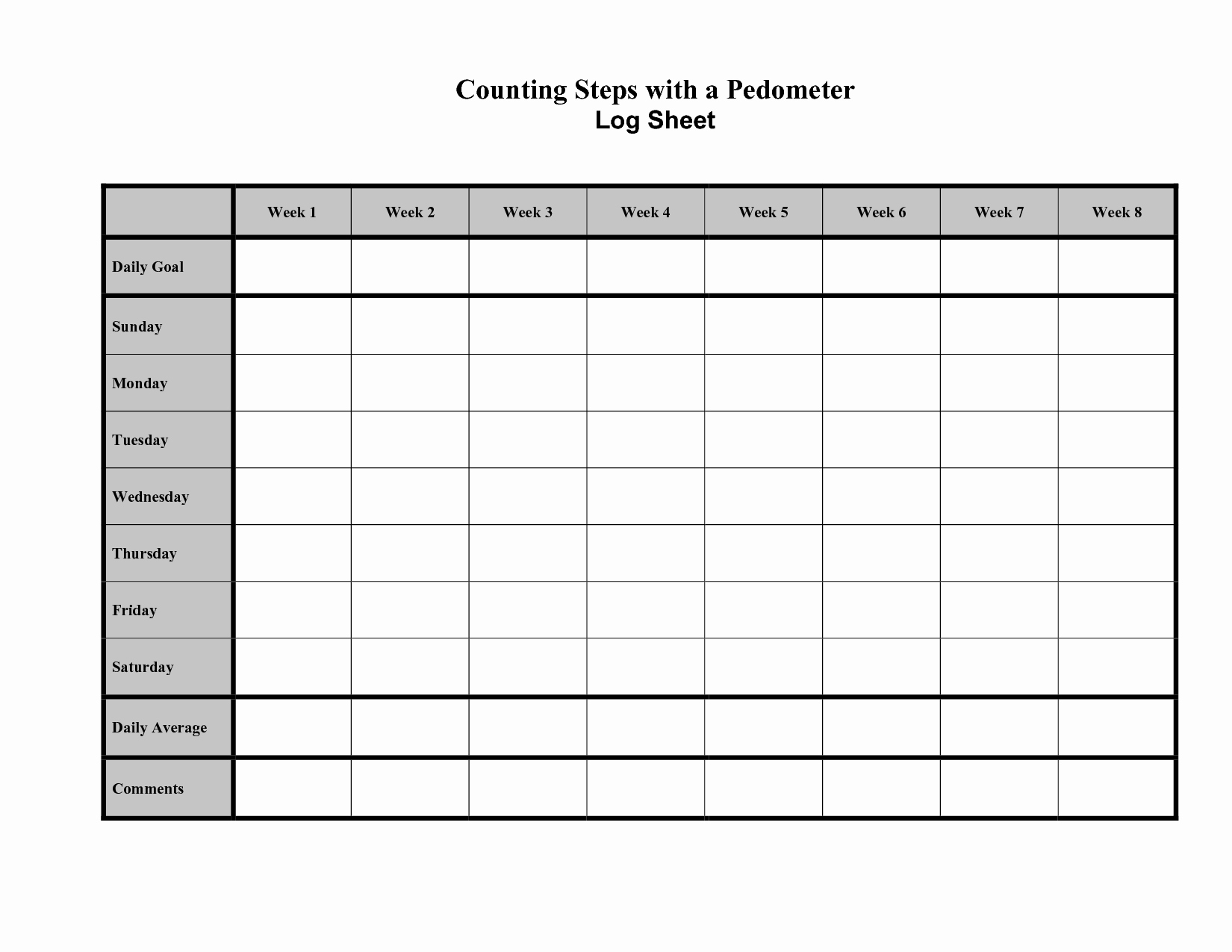

Train hard, eat big, right? But you may be surprised at how much more you need to eat to grow! Selecting "gain weight" will put you a few hundred calories above maintenance. Gaining weight-especially as muscle-sounds easy enough. This is a popular "sweet spot" for healthy, sustainable weight loss. If you know that you're ready to lose a few pounds and you've counted calories before, select "lose weight." This will give you a target that is usually 200-700 calories below maintenance. Many nutritionists say before you start cutting calories, you should spend some time at maintenance and get more comfortable with tracking your foods and portion sizes.

Remember, combining exercise with a small calorie deficit is the best intervention to maximize weight loss! Additionally, consuming a high protein diet (or sticking to the higher ranges based on your activity level) will help maintain and preserve muscle mass while losing fat.Which Goal and Activity Level Should I Choose?įirst time counting calories? Or not sure which goal is right for you? Then start with "maintenance." In theory, this is where you will eat the same amount of calories that you burn and maintain your current weight. Therefore, creating a calorie deficit of 500-1,000 calories per day can lead to a max weight loss rate of 2lbs/week. Taking this into consideration, it is more feasible to cut back on food since daily caloric requirements for maintaining weight are much higher. So keeping that in mind, the goal is to lose 1-2lbs per week.įor sedentary individuals, it would be recommended to set a goal of losing 1lb per week, which would equate to a calorie deficit of 500 calories/day.įor more active individuals, daily calorie requirements are higher in order to account for exercise and active lifestyles. More often than not, when weight loss exceeds 2lbs in a week, the majority of that is water loss. That would equate to a calorie deficit of 1,000 calories per day. See this blog on How Many Carbs Per Day for Weight Loss to learn more.įor healthy, sustainable weight loss, it is generally not advisable to lose more than 2 pounds of fat per week. Step 2: Divide answers in step 1 by 4 since there are 4 calories per 1 gram of carbohydrate Multiply daily calorie requirements by 0.45 & 0.65 to obtain calories from carbohydrates. Step 1: Calculating grams of carbohydrates. The Dietary Guidelines for Americans recommends that carbohydrates should make up 45-65% of one’s daily calories. Third: Calculate Daily Carbohydrate needs See this blog on How Much Fat Per Day for Weight Loss to learn more. Using both of these references you can calculate your daily fat needs: The Dietary Guidelines for Americans also recommends fat should make up 20-35% of one’s total daily calories. To prevent any fatty acid deficiencies it is recommended to consume at minimum 1g/kg of fat per day. Multiply weight in kilograms by range that best fits your activity levels. This is the last step of calculating calories, and it's one that's absolutely essential for getting accurate weight loss results.ĭid you know that protein is a huge catalyst for weight loss and hunger satiation? Let's compare and contrasts sedentary versus moderately active individuals and their protein requirements.įor sedentary/lightly active individuals: 1-1.2g/kg/dayįor moderately active - extremely active: 1.4-2.2g/kg/dayĬonvert body weight in pounds to kg’s (round to the nearest 10th)


 0 kommentar(er)
0 kommentar(er)
